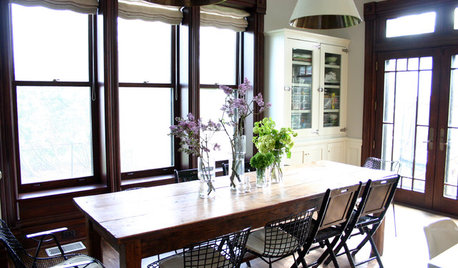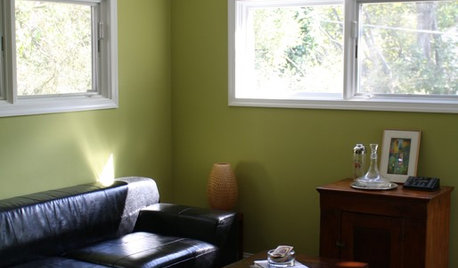Help..First Amorp
jedh_2008
14 years ago
Related Stories

HOUZZ TOURSMy Houzz: Online Finds Help Outfit This Couple’s First Home
East Vancouver homeowners turn to Craigslist to update their 1960s bungalow
Full Story
MOST POPULARFirst Things First: How to Prioritize Home Projects
What to do when you’re contemplating home improvements after a move and you don't know where to begin
Full Story
HOME TECHTurn 'Obsolete' Tech Into Fun Home Help
Here's how to put your old Mac, Atari or Newton to work around the house
Full Story
EXTERIORSHelp! What Color Should I Paint My House Exterior?
Real homeowners get real help in choosing paint palettes. Bonus: 3 tips for everyone on picking exterior colors
Full Story
KITCHEN DESIGNHere's Help for Your Next Appliance Shopping Trip
It may be time to think about your appliances in a new way. These guides can help you set up your kitchen for how you like to cook
Full Story
SELLING YOUR HOUSEHelp for Selling Your Home Faster — and Maybe for More
Prep your home properly before you put it on the market. Learn what tasks are worth the money and the best pros for the jobs
Full Story
KITCHEN DESIGNDesign Dilemma: My Kitchen Needs Help!
See how you can update a kitchen with new countertops, light fixtures, paint and hardware
Full Story
ORGANIZINGHelp for Whittling Down the Photo Pile
Consider these 6 points your personal pare-down assistant, making organizing your photo collection easier
Full Story







exoticrainforest
Related Professionals
Oconomowoc Landscape Architects & Landscape Designers · Redondo Beach Landscape Architects & Landscape Designers · Norwood Landscape Contractors · Arden-Arcade Landscape Contractors · Hilton Head Island Landscape Contractors · Selden Landscape Contractors · Smyrna Landscape Contractors · York Landscape Contractors · Berkeley General Contractors · Bon Air General Contractors · Gloucester City General Contractors · Mishawaka General Contractors · Norristown General Contractors · Lombard Siding & Exteriors · North Hollywood Siding & Exteriors